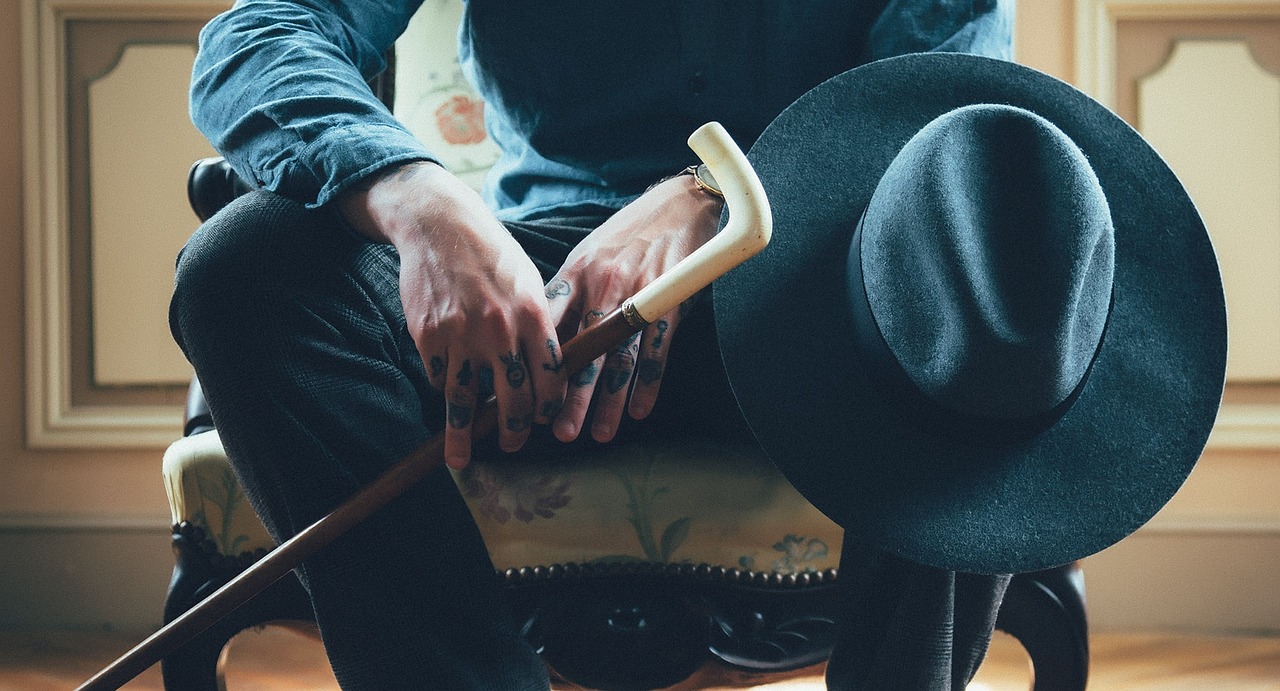What Happens to Tattoos Over Time?

Image credits: Life-Of-Pix
When it comes to aging, the type of tattoo ink can make a big difference; for example, cheaper ink often fades much quicker than higher-quality alternatives.
The color of the ink makes a big difference, too, as the lighter the ink, the faster it fades (remember that next time you’re thinking about getting one of those white ink tattoos!). Another thing to consider is your tattoo’s placement, as this can also influence the speed of fading.
Tattoos on areas that see a lot of activity, such as your feet and fingers, are much more likely to fade than tattoos on your back or chest, for example. Also, the design comes into play—the smaller and more intricate the tattoo’s detailing is, the more likely it is to get blurred years later.
If body art fades with time, what do tattoos look like when you get old? Well, check out this tattoo aging time-lapse compiled by Bored Panda to see for yourself how aged tattoos look now.
#1
Aged Tattoo
#2
Tattoo 3 Years Later
#3
Tattoo 4 Years Later
#4
Fresh And Aged Tattoo
#5
Intricate Tattoo 10 Years Later
#6
Aged Finger Tattoo
#7
Back Tattoo After Healing
#8
Tattoo 4 Years Later
#9
Aged Wrist Tattoo
#10
Small Tattoo After 7 Years
#11
Detailed Tattoo After Healing
#12
Celtic Tattoo 15 Years Later
#13
Aged Tattoo
#14
Aged Neck Tattoo
#15
Tiny Aged Tattoo
#16
Aged Hand Tattoos
#17
Aged Shark Tattoo
#18
Aged Mouth Tattoo
#19
Finger Tattoos Months Later
#20
Aged Palm Tattoo
#21
Finger Tattoo 6 Weeks Later
#22
Heel Tattoo Aging
#23
Aged Tattoo
#24
Faded Tattoo
#25
Tattoo 6 Years Later
#26
Faded Palm Tattoo
#27
Fresh And Aged Tattoo
#28
Aged Tattoo
#29
1-Month-Old Tattoo
#30
Aging Of A Finger Tattoo
#31
Small Aged Tattoo
Most Popular Questions About Aging Tattoos
Despite ink changing over the years, this doesn’t mean old people with tattoos look bad. We have answered some of the most popular questions about tattoo aging, so you can be more prepared.
Do Tattoos Fade Away When You Get Older?
Many people wonder what will happen to their tattoos as they age. Will they fade away or lose their vibrancy? The answer depends on several factors. Your tattoo may begin to fade due to aging skin, natural skin cell renewal, ultraviolet rays, ink quality, and poor tattoo aftercare.
Have you ever seen an old person with tattoos? As you probably noticed, they may become blurry, dull, or wrinkled, while others maintain their look longer. Generally, tattoos on old people’s skin tend to fade more than on younger ones because the aging skin loses collagen and elasticity, causing it to stretch and sag.
Additionally, factors such as diet, weight gain, weight loss, and smoking can also affect the appearance of tattoos. Some tattoo styles, such as watercolor or colorful tattoos, may be more prone to fading than black or tribal tattoos.
Therefore, before getting tattoos, consider these factors and choose a design that will age well. Prevent tattoo aging by taking good care of it by applying sunscreen, moisturizing, and avoiding infections. By doing so, you can enjoy your tattoo for many years.
What Are the Possible Options to Consider With an Old Tattoo?
Ultimately, a tattoo is a part of your skin and will change as you change. You could find yourself getting a tattoo cover-up, a new tattoo that hides the old one, or a laser removal.
However, both options can be expensive, painful, and risky and may not guarantee a perfect result. A touch-up is a great way to refresh the beauty and brightness of your tattoo. Still, it should be done by a professional and experienced tattoo artist, as a bad touch-up canruin your tattoo even more.
How Do Fine Line Tattoos Age?
Fine line tattoos are a popular tattoo style created using a single needle and has thinner and more delicate lines. This technique is often used for small tattoos or small details in larger tattoos.
However, fine line tattoos are more prone to fading, blurring, and distortion over time, leaving you with a design that looks very different from the original.






























